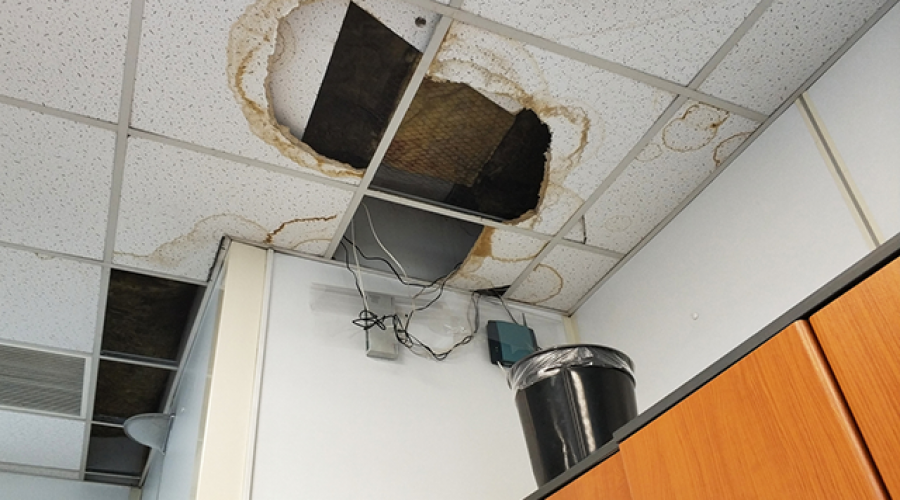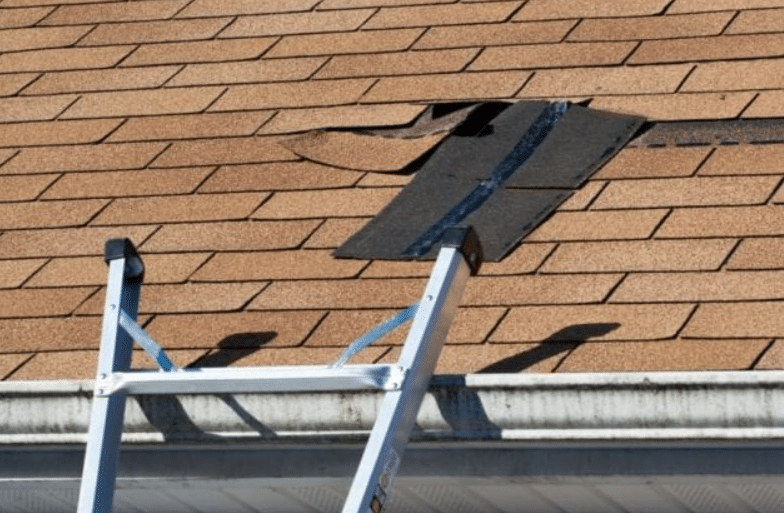
Common Types Of Roof Leak Detection San Diego
Construction of a building is done in such a way to prevent leaking and to keep the outside elements from getting in, but no roof system is flawless. Eventually, regardless of how high-quality your materials are and how well your installation is done, your flat roof is bound to leak. Integrity or leak detection is a process that helps identify weak points in your roofing where leaking is most likely to occur. With this information, you can strengthen or repair accordingly before significant damage occurs.
Flood Testing
Flood testing involves momentarily closing any roof drains and deliberately flooding the top with water, typically with a depth of around 2″ for a day or two. The inside ceiling straight under the roof is examined frequently during this time for any signs of leaking.
That is a simple honesty test that frequently demonstrates the general position of any weak spots. However, particular locations will still need to be found visually or with other recognition methods. The water weight can also be a problem if it surpasses the building’s load capability, which is communal if any portion of the roof slopes at a rate greater than a ¼” every foot. For more significant slopes, you will need a large volume of water, the bulk of which can rapidly add up and become unsafe.
Finally, getting the water off of the rooftop is not as simple as opening the roof drain, as severe flooding can impair drainage piping and cause flooding inside your building. That may be a meek method, but it can also lead to problems and may necessitate additional testing.
Spray Testing
Spray testing includes spraying devoted roof areas with water to pretend normal or life-threatening weather conditions. This method needs a significant amount of time spraying and reviewing, as each site can take numerous hours to test correctly, but it does work well for roofs where flood testing is unfeasible due to roof shape or material.
High Voltage Testing
High voltage testing includes “brushing” the roof area with an electric broom connected to a beached power source. A completed circuit activates an apparent noise, making the technician aware of a real plumbing leak. This method is exceptionally multipurpose and tremendously precise. It tests vertical membrane surfaces. It can even spot weakened areas of tiling that haven’t been leaky heavily yet.
Low Voltage Testing
Low voltage testing is comparable to high voltage testing in that it uses wetness to complete a circuit between two pieces of kit, in this case, a beached power source and a bare wire. The roof is then enclosed in a thin layer of water to generate an electrically charged exterior, and leaks in the rooftop allow water to enter, which will complete the circuit.
So, if you need rain leak detection systems, then directly call 1st Response Leak Detection at (619) 374-8554 for affordable water intrusion detection and maintenance services. Quality of service is not compromised. We have a professional, efficient, and honest staff who will be ready at your service in no time. You can learn more about our roof leak detection services and how we can help you when you go through our 1st Response Leak Detection website.



